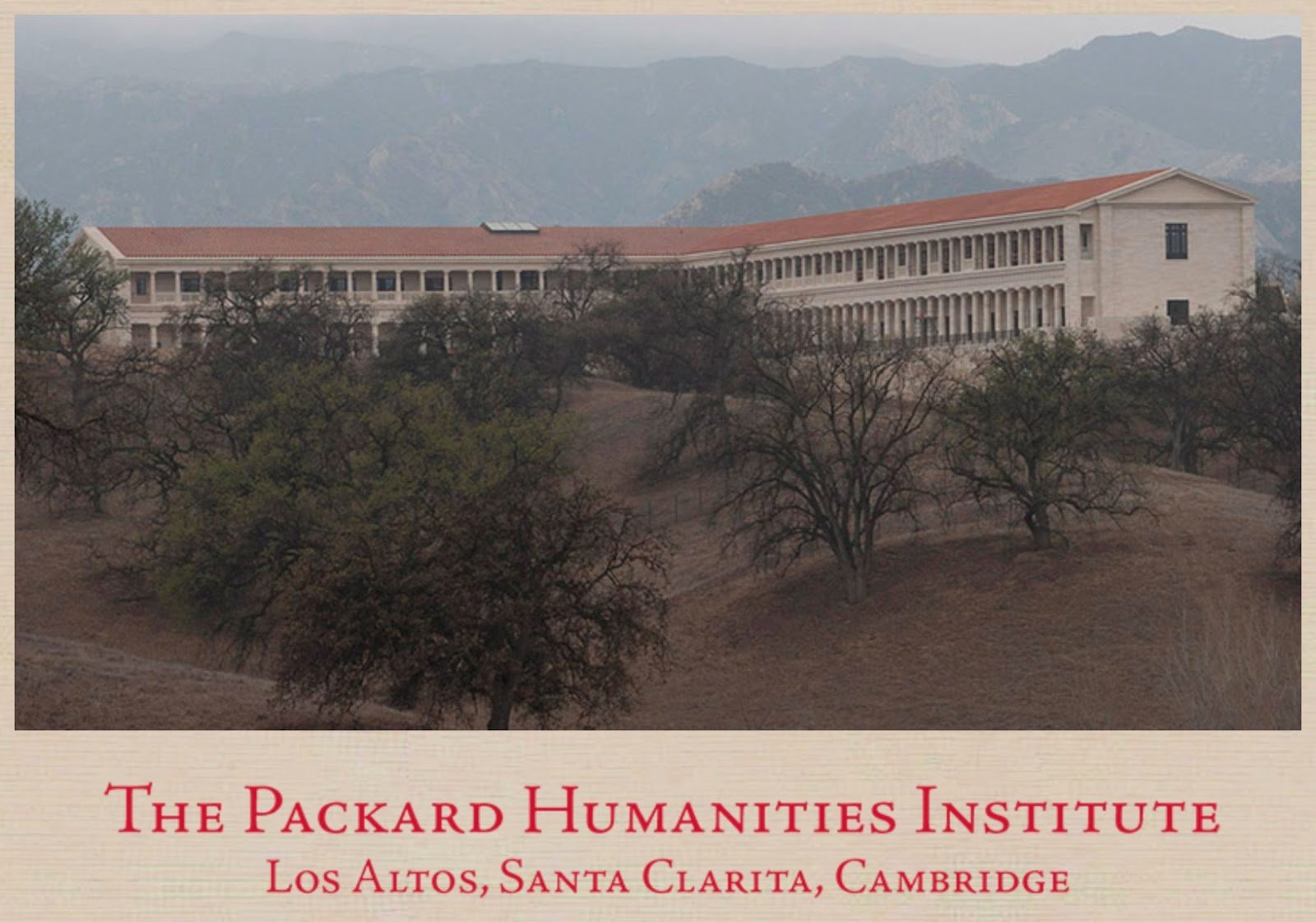Archival Review III: UCLA Film & Television Archive
Link: https://www.cinema.ucla.edu/
Introduction
The UCLA Film & Television Archive stands as one of the most significant repositories of moving image media in the United States, renowned for its expansive collections and pioneering preservation efforts. Established in the mid-1960s through a partnership between the Academy of Television Arts and Sciences (ATAS) and the UCLA Theater Arts Department, the Archive began as the ATAS/UCLA Television Library in 1965, focusing initially on television media (UCLA Film & Television Archive, n.d.-a). In 1968, the establishment of the UCLA Film Archive expanded its scope to include film, laying the groundwork for what would become a leading institution in audiovisual preservation.
The Archive experienced considerable growth in the 1970s, catalyzed by landmark acquisitions. In 1972, it secured the Jack Benny Television Collection and the Hallmark Hall of Fame series, followed by a transformative donation from Capitol Cities/ABC, which included over 24,000 television programs from the 1950s to the 1970s, featuring iconic series like Leave It to Beaver, 77 Sunset Strip, and The Wonderful World of Disney (UCLA Film & Television Archive, n.d.-a). In 1976, the film and television collections were unified under the directorship of Robert Rosen, who significantly broadened the Archive’s holdings, including the Paramount Pictures Nitrate Print Library—encompassing nearly all Paramount sound films produced between 1930 and 1950—and extensive collections from Warner Brothers, Columbia Pictures, and 20th Century Fox.
The Archive formally launched its preservation and restoration program in 1977 with the hiring of Robert Gitt, whose leadership spearheaded critical restorations of classics such as Double Indemnity (1944) and The Big Sleep (1946) (UCLA Film & Television Archive, n.d.-a). Concurrently, the Archive expanded its public programming, offering screenings that showcased everything from Hollywood classics to avant-garde international cinema. Robert “Bob” Rosen’s influence extended beyond UCLA; his service on the National Film Preservation Board and his role in founding The Film Foundation cemented his legacy as a transformative figure in film preservation. His passing in 2024 marked the loss of a vital voice in the archival field (UCLA Library, n.d.).
Scope of collection
The UCLA Film & Television Archive holds over 520,000 individual items, making it the second-largest repository of motion pictures and broadcast programming in the United States, after the Library of Congress, and the largest university-held collection globally (UCLA Film & Television Archive, n.d.-b). Its holdings include films, television programs, news footage, and radio recordings, housed within The Packard Humanities Stoa—a state-of-the-art facility in Santa Clarita, California, designed for long-term preservation.
The Archive’s collection spans multiple formats, including 35mm, 16mm, and 8mm film prints, 2-inch video reels, magnetic media, and born-digital formats (UCLA Film & Television Archive, n.d.-c). Nitrate films, known for their flammability and fragility, are stored in climate-controlled vaults, while digital assets are preserved using redundant Linear Tape-Open (LTO) systems to ensure data integrity. The Archive’s acquisition policy prioritizes materials of significant cultural, artistic, and socio-political relevance, with a special focus on media that reflects the diverse communities of Los Angeles and Southern California.
Unlike many archives, UCLA’s Film & Television Archive focuses exclusively on moving image media. Related artifacts—such as scripts, production files, and photographs—are managed by UCLA’s Performing Arts Special Collections, allowing the Archive to concentrate its resources on audiovisual preservation.
Outreach & Preservation
Education and public engagement are central to the Archive’s mission. The Archive Research and Study Center (ARSC), located in UCLA’s Powell Library Instructional Media Lab, provides scholars, students, and media professionals with access to over 350,000 films and television programs, 100,000 News and Public Affairs (NAPA) broadcasts, and 2,000 radio programs (UCLA Film & Television Archive, n.d.-d). ARSC supports academic research across disciplines, fostering scholarship in film history, media studies, and cultural representation.
Beyond its research services, the Archive actively engages the community through public programming. Regular film screenings, symposia, and exhibitions invite audiences to explore its vast collections while participating in critical discussions about film preservation, media history, and social narratives. Landmark events such as Out of the Closet, Into the Vaults: LGBT Film Preservation and Access Strategies (2006) and Reimagining the Archive: Remapping and Remixing Traditional Models in the Digital Era (2010) reflect the Archive’s dedication to fostering inclusive dialogues (UCLA Film & Television Archive, n.d.-e).
Preservation remains a cornerstone of the Archive’s operations. Its specialized storage facilities maintain celluloid and magnetic media under stringent temperature and humidity controls tailored to each format’s needs. Nitrate films are stored in dedicated vaults, while digital assets are safeguarded through LTO tape systems, ensuring long-term data integrity (UCLA Film & Television Archive, n.d.-c). The Archive routinely undertakes both photochemical and digital restoration projects, creating new film elements and digital masters that support both preservation and public exhibition.
In-house digitization initiatives further the Archive’s goal of expanding access to rare and historically significant works. When specialized restoration is required, the Archive collaborates with external vendors, often securing grant funding to support these projects. This multifaceted approach—balancing conservation with accessibility—underscores the Archive’s commitment to safeguarding audiovisual heritage for future generations.
References
Rosen, R. (2002). The UCLA Film & Television Archive: A retrospective look. The Moving Image: The Journal of the Association of Moving Image Archivists, 2(2), 116–121.
UCLA Film & Television Archive. (n.d.-a). Our history. UCLA School of Theater, Film and Television. Retrieved February 22, 2025, from https://www.cinema.ucla.edu/our-history
UCLA Film & Television Archive. (n.d.-b). About the archive. UCLA School of Theater, Film and Television. Retrieved February 22, 2025, from https://www.cinema.ucla.edu/about-the-archive
UCLA Film & Television Archive. (n.d.-c). Collection policy. UCLA School of Theater, Film and Television. Retrieved February 22, 2025, from https://www.cinema.ucla.edu/collection-policy
UCLA Film & Television Archive. (n.d.-d). Archive Research and Study Center. UCLA School of Theater, Film and Television. Retrieved February 22, 2025, from https://www.cinema.ucla.edu/archive-research-study-center
UCLA Film & Television Archive. (n.d.-e). ARSC initiatives. UCLA School of Theater, Film and Television. Retrieved February 22, 2025, from https://www.cinema.ucla.edu/arsc-initiatives
UCLA Library. (n.d.). A tribute to Bob Rosen. UCLA Library. Retrieved February 22, 2025, from https://www.library.ucla.edu/visit/events-exhibitions/a-tribute-to-bob-rosen/
